Connecting the Quectel EP06-E modem
The modem connection must be made through a stable connection. This can be done using a PCI-E expansion card, or a direct connection to USB 3.0 via a cable or the adapter itself.
Working via a USB hub leads to frequent failures of the modem in operating modes.
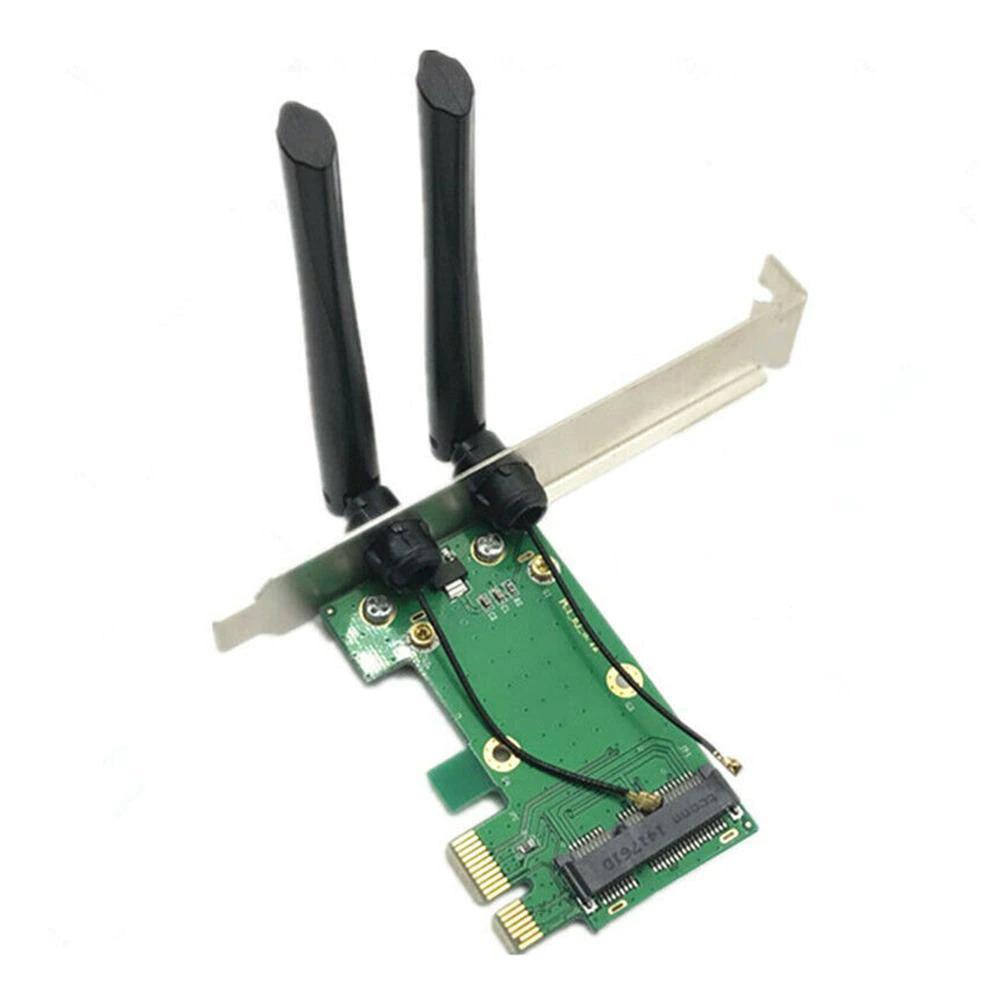

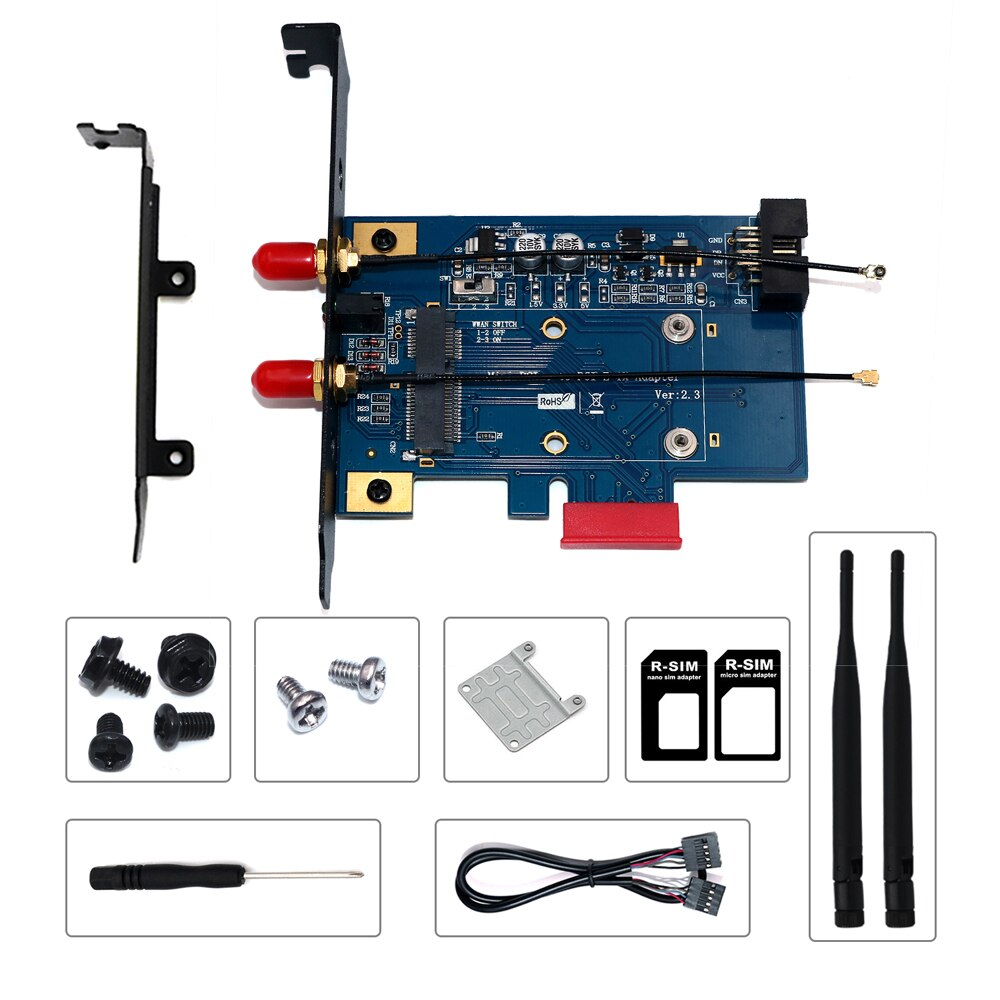

After physically connecting the Quectel EP06-E modem to the PC, before adding it to the proxy ports, you need to carry out preliminary configuration. To do this, go to the “Ports” section and click the “Add” button. In the form that appears, select the “Quectel EP06-E” modem, an additional “Modem” field will appear, select our modem.
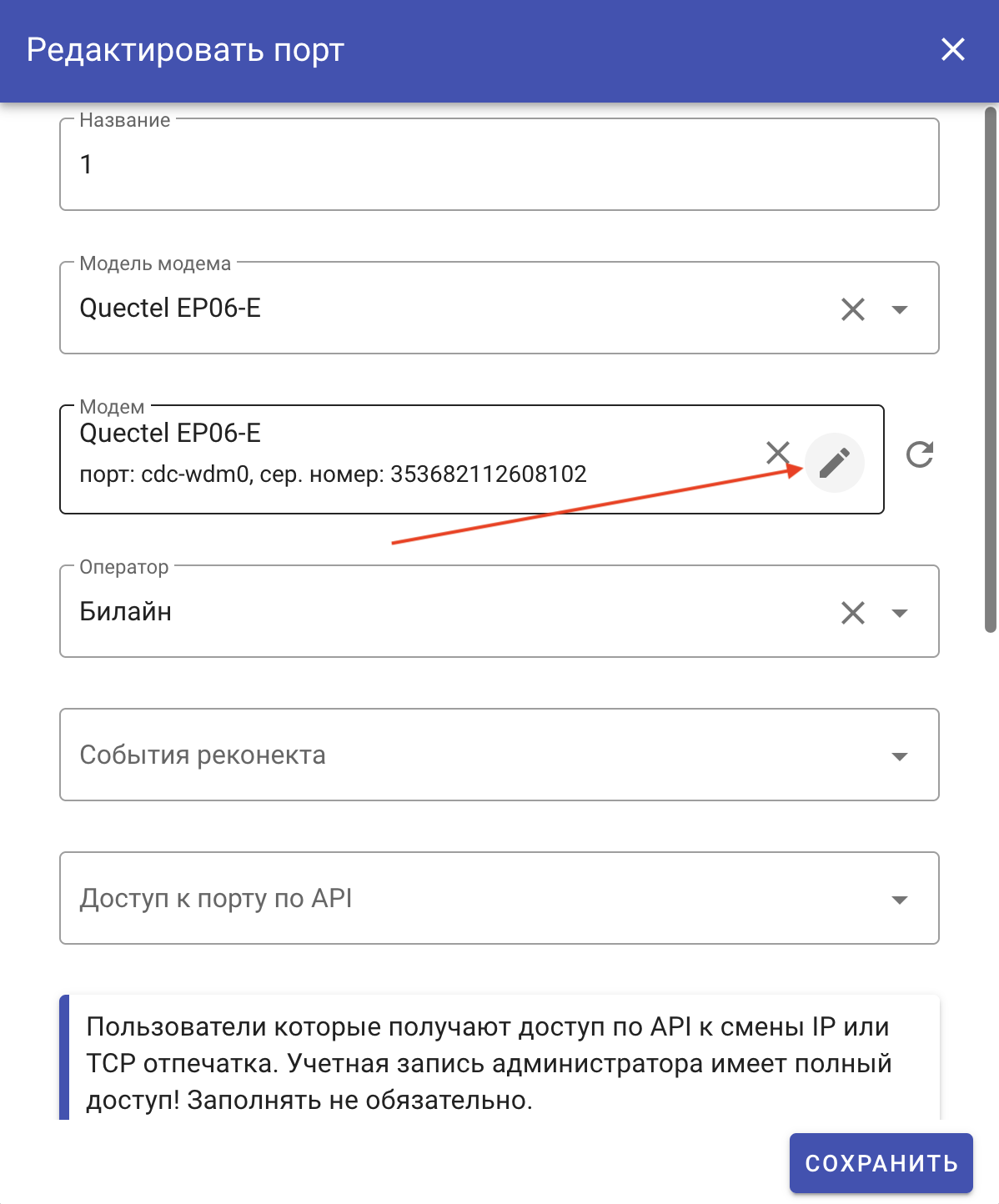
Preliminary configuration of the modem before adding it to ports
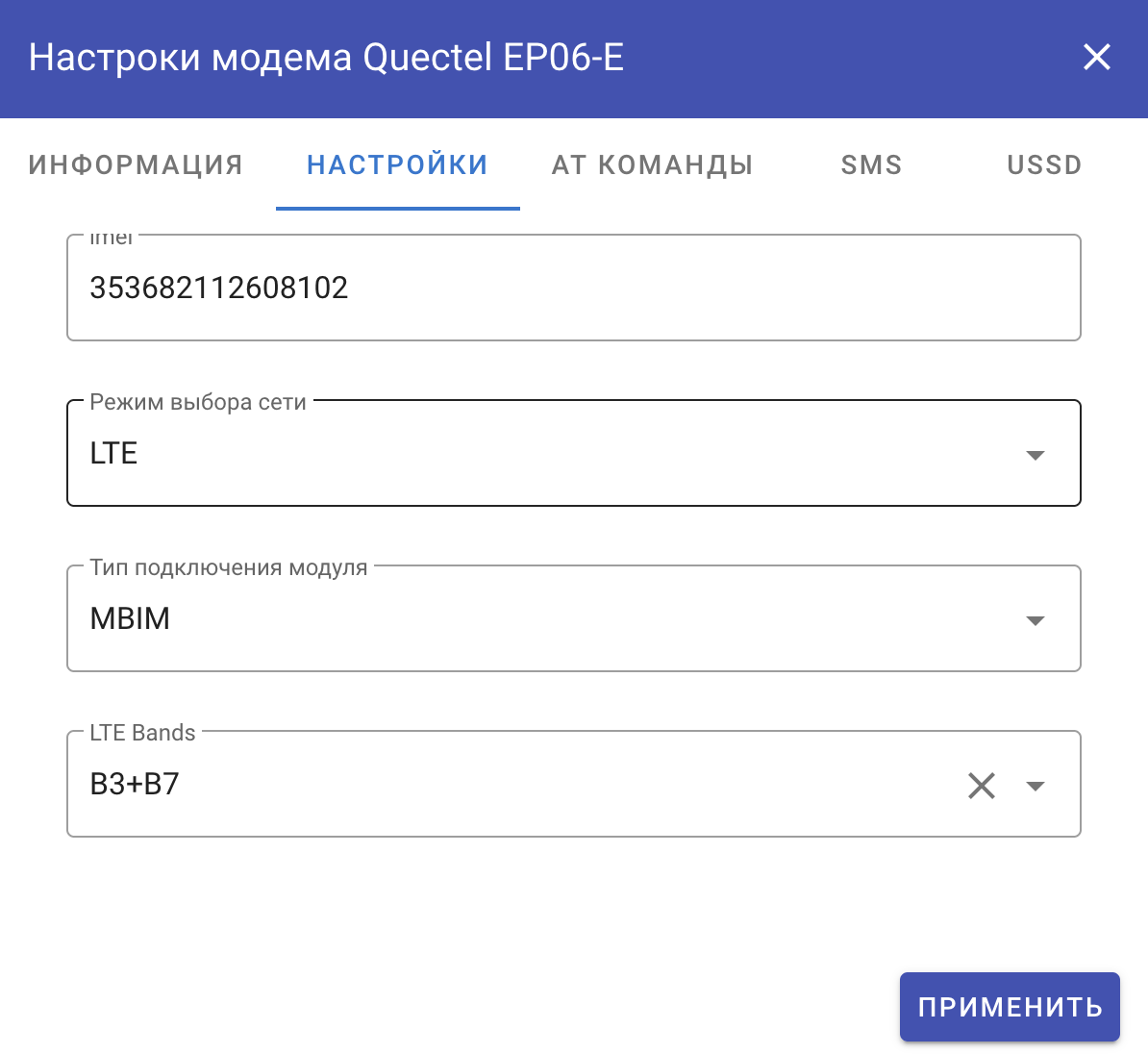
In the form that opens, we need to go to the “Settings” tab and set the “Module connection type” field to “MBIM” mode - this is a standard designed for mobile broadband modems (for example, 2G/3g/4G) at the USB level. In terms of packet format, MBIM uses raw IP packets (i.e. only IP packets without Ethernet headers).
Options with PPP and RNDIS are the most unstable, but at the same time the most universal. If you need high transfer speeds, then these are not for you. The first rests on architectural limitations, the second on the computing power of the modem, which in this case no longer becomes a modem, but very much a router such as Huawei E3372h or ZTE. And remember that RNDIS automatically assumes the presence of another NAT inside the modem, along with NAT in the provider’s network.
Also in the settings we can select the “LTE” network search mode and the bands in which our modem will operate. The figure shows an aggregation of two bends B3+B7. The choice of bands depends on the location and provider.
Modem EP06-E bends are available.
| Standard | Type | Band |
|---|---|---|
| LTE | LTE-FDD | B1/Bz/B5/Bsh/B8/B28/B32 |
| LTE | LTE-TDD | B38/B40/B41 |
| LTE | 2xCA | B1+B1/B5/B8/B20/B28 |
| LTE | 2xCA | Bz+Bz/B5/Bsh/B8/B20/B28 |
| LTE | 2xCA | Bsh+B5/Bsh/B8/B20/B28 |
| LTE | 2xCA | B20+B32 |
| LTE | 2xCA | Some+some |
| LTE | 2xCA | B40+B40 |
| LTE | 2xCA | B41+B41 |
| UMTS | WCDMA | B1/ba/bakh/bdh |
FDD LTE (Frequency Division Duplexing) is a type of data transmission that uses frequency to separate streams. LTE-enabled devices using it receive and transmit data at different frequencies. For example, in LTE Band 3 networks, data transmission can be carried out at a frequency of 1710 MHz, and reception - 1810 MHz. A good example of an FDD LTE network is a bidirectional road consisting of two lanes.
With FDD separation, incoming and outgoing data are transmitted at different frequencies, so their oncoming flows do not interfere with each other and do not create interference . Since both channels work constantly, FDD LTE networks have low ping (signal delay) and have high throughput. Due to these advantages, frequency division of the signal is preferred by most of the world's operators.
TDD LTE (Time Division Duplexing) is a type of radio channel that is used to separate incoming and outgoing data streams one frequency. To prevent data from being mixed, the reception and transmission modes are separated in time. In TDD LTE networks, at a given moment, a device or base station can only transmit or only receive a signal. An example of this type of communication is LTE Band 38, where both reception and transmission of information are carried out at a frequency of 2570 MHz. A visual model of TDD LTE is a single-lane road on which you can drive in one direction in the morning and in the opposite direction in the evening.
Due to the use of a common channel, the throughput of TDD networks is lower than that of FDD. Also, in networks of this type, higher ping is observed. Since the amounts of data received and transmitted by the operator are different (transmission predominates), the operator can set asymmetrical sizes of time intervals. For example, 3 ms may be allocated for reception, and 10 ms for transmission. This increases the actual network throughput, but can lead to delays in symmetric communication mode (for example, when video chatting or talking over VoLTE.
Checking the modem operating frequencies
After applying the settings, the modem goes into reboot mode. For some time, the modem becomes unavailable; to check activity, use the “Refresh” button (next to the modem selection). To check if the settings are applied, open the modem form and check the current parameters and available frequencies.
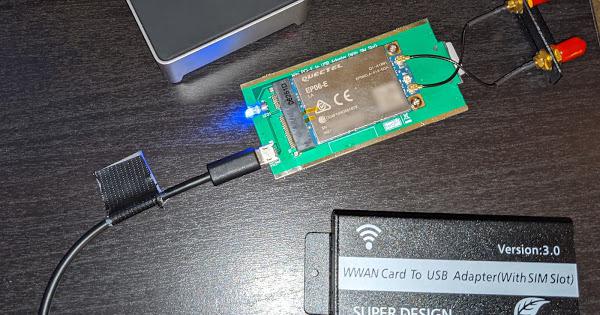

Additional bends that are not in the settings
If some bends are not in the list, you can apply additional combinations using the AT command
AT+QCFG="band",0,44,0,1
- 0 - The first value is the 3G setting (0-leave unchanged);
- 44 is the sum of B3+ bends B7
- 0 - third value TD-SCDMA frequency band
- 1 - fourth value apply configuration changes immediately
| Numeric value | Band name |
|---|---|
| 1 | LTE B1 |
| 4 | LTE B3 |
| 10 | LTE B5 |
| 40 | LTE B7 |
| 80 | LTE B8 |
| 80000 | LTE B20 |
| 8000000 | LTE B28 |
| 2000000000 | LTE B38 |
| 8000000000 | LTE B40 |
| 10000000000 | LTE B41 |